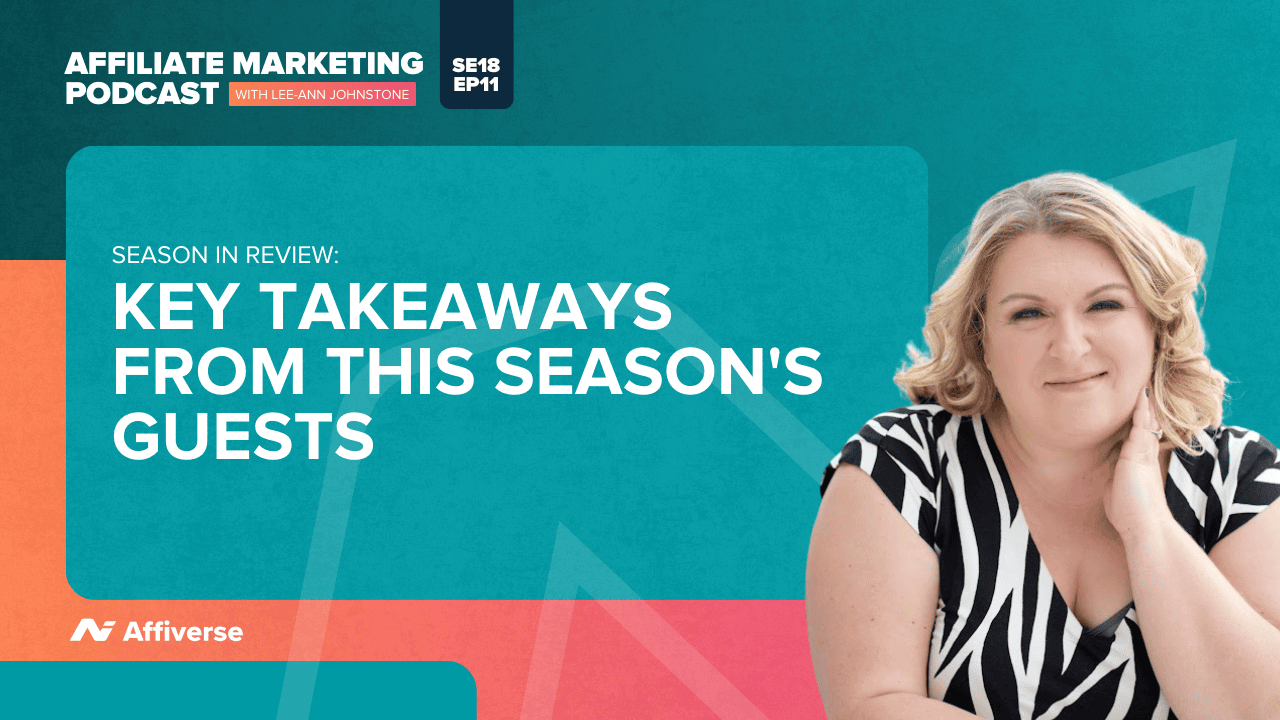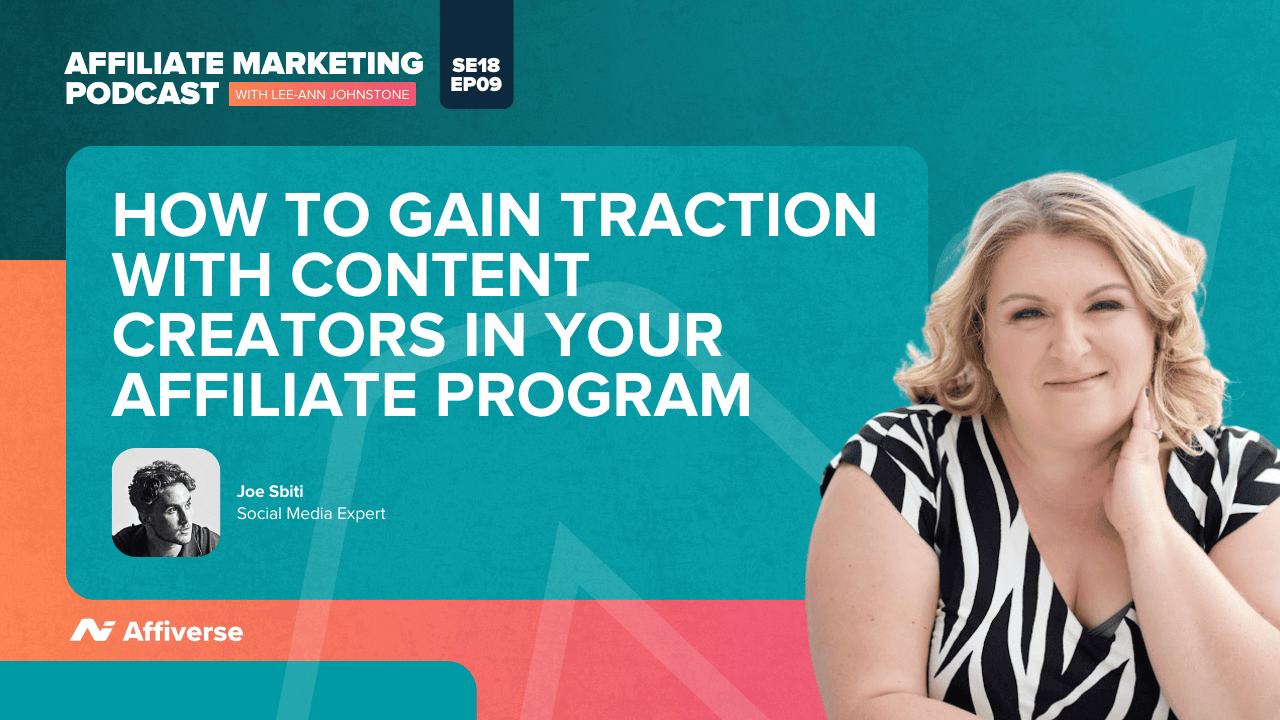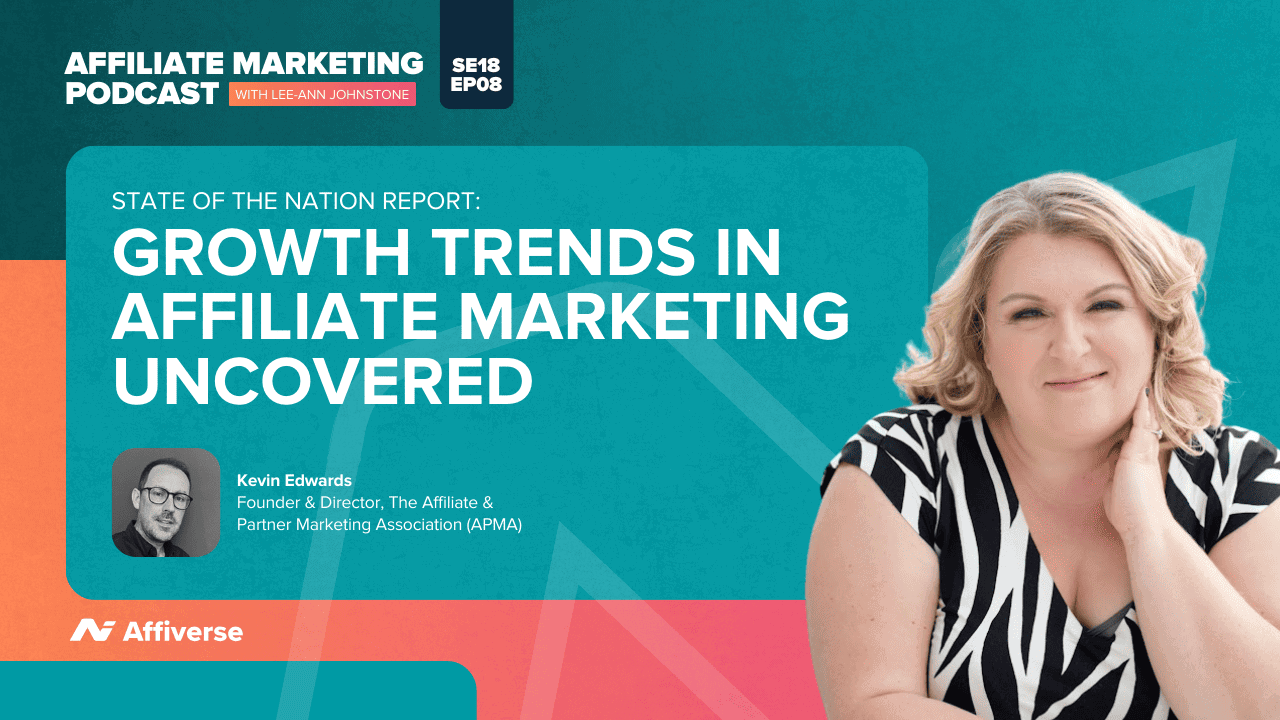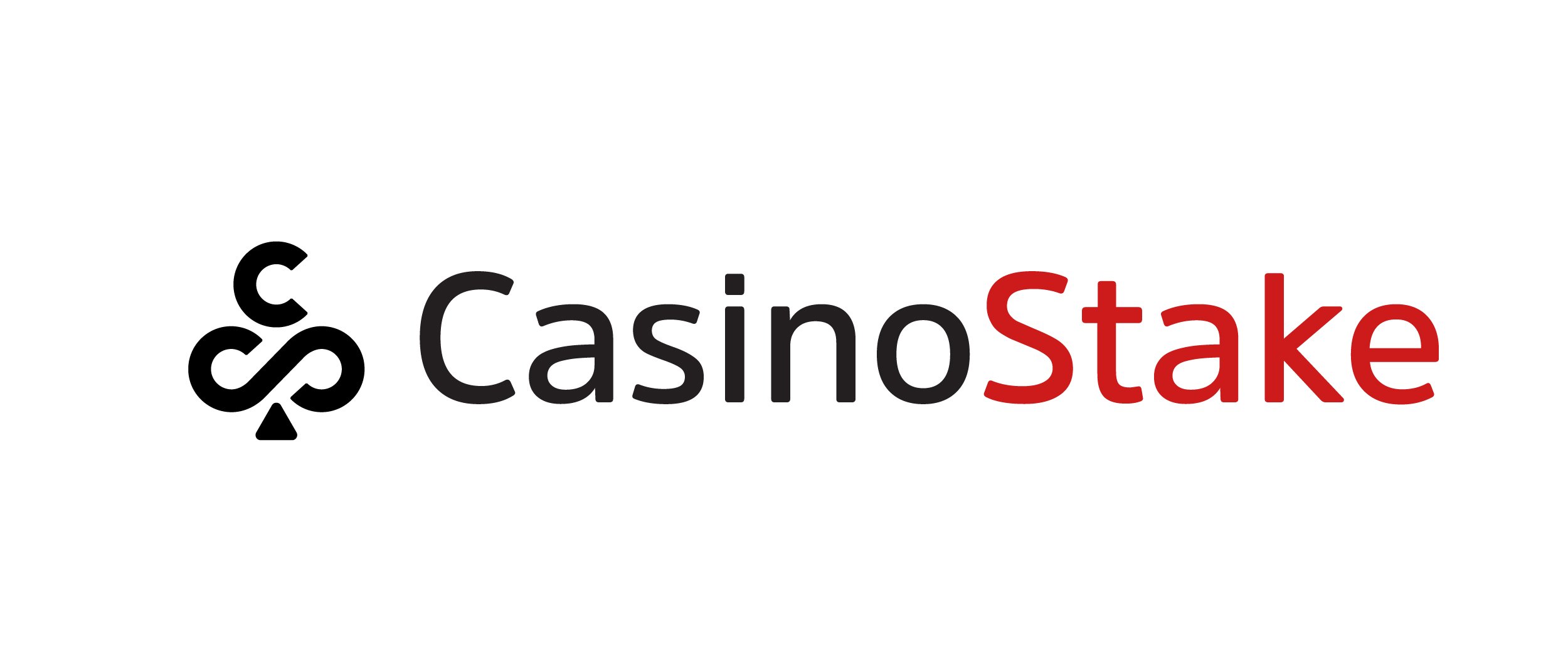Have you ever considered that marketing is all about psychology? The concept relies on the idea of you getting into the minds of your customers. Marketers use everything from data to profiles more detailed than that of a serial killer. But one concept that is regularly ignored is the idea of social proof.
Squarelovin has created a study on social proof to help you out. We’re expanding on this study here, going into the details of how you can use it to your advantage. Read on for all the insights.
What is social proof?
As a marketer, no doubt you’ve heard of the idea that there is no greater marketing ploy than word of mouth. That is essentially what social proof is.
As the definition puts it: “Social Proof is a psychological phenomenon where people assume the actions of others in an attempt to reflect correct behaviour for a given situation.”
It’s a wider psychological operation that dictates what the social norm is based on what people are doing around you. The example Squarelovin gives is “If all your friends jumped off a bridge, would you? Psychology says you probably would.”
You would at least want to – and that’s its impact on marketing. When it comes to marketing, social proof comes in many forms. You can get it from existing customers, like reviews. They might be scripted reviews like in a piece of content, or they might be your hairdresser giving you hair product tips: word of mouth.
Other forms include experts, who we therefore assume have great proficiency, celebrities, which use the fact that we want to be like them to sell a product, and certifications, which are often mandatory by law, depending on what you’re buying, to assure you that it is of good quality and simple wisdom of the crowd. If you see everyone buying it, wouldn’t you get interested?
A common example is the “most popular dishes” in restaurants. According to Squarelovin, restaurants that tell their customers that the “rabbit and caviar” or “what’s left of the meat that’s about to go bad” meals are the most popular, they see a 20-30% increase in sales. As an extension, you’ll often hear of people that “come from all around the world to taste my grandma’s recipe” and other FOMO (fear of missing out) tactics.
How can you generate social proof?
This is where Squarelovin’s expertise lacks a little bit. The infographic simply says to use user-generated content to encourage social proof, which is a great tactic to start with, but there is a lot that can prompt social proof.
User-generated content is very helpful because it doesn’t take a lot of input from you, and that’s the way the customer would prefer it. They don’t trust you yet, and social proof is built on trust, which is why it’s limited to just about anyone except marketers. However, you can encourage it. Start showcasing content that mentions your products. As per the rules of social proof, people will see it and want to be spotlighted next. You can give your audience a prompt to get them going, like asking what their favourite product is or for fun ways you can use your product, like if someone is using your sink cleaning product to keep their alloys shiny.
But the list of forms of social proof has a lot of online equivalents. For example, the online equivalent of a celebrity endorsement is an influencer endorsement, for the same reason. If you go with big influencers there is a desire to be like them, however, if you go with micro-influencers, there is the thought that they are already like you, more like a friend.
Expertise and certifications come with proof, so make sure you display why anyone should listen to these people. This could be an admirable quality, like a high job title, a degree, or even the amount of followers they have. In products, it means displaying that you are cruelty-free, authority-approved, vegan, etc.
Wisdom of the crowd is harder to manufacture, but you can gather a smaller crowd. If you’re lucky, the best way to use the wisdom of the crowd is to go viral with something. Like the Rae Dunn products. They are simply white jars and home living items with black, papyrus-style, text on them, and yet women are fighting in TX Maxx over them. That’s the power of going viral. It relies on knowing that a lot of people want it, so you do too, and is the epitome of social prose.
You don’t have to start a fight club over your items, but you can infiltrate a community, the way micro-influencers do. If your product can get into a community and gain traction, people will see their people and decide they need to try it.
If you’re interested in more insights on affiliate and social media marketing, take a look at our blog. Or, for a more personalised approach, you can book a free call with a member of our team.
If you want the best, expert advice, however, you can still access all the content from our recently successful Elevate Summit. Gain on-demand access to over 14 hours’ worth of panels, talks, and workshops, all run by experts at the top of their careers. Take a look at our website for more information.




















